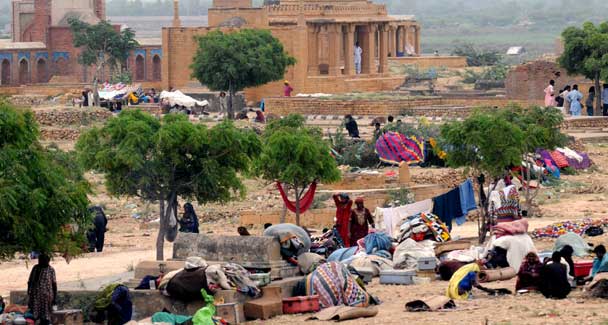Lahore: The Institute for Policy Reforms (IPR) has prepared a province-wise Human Development Index (HDI) in order to provide an insight into the country’s progress in the area.
This has been done for the first time since 2008, when the Pakistan Bureau of Statistics calculated the provincial HDI.
IPR has made the estimates in line with the methodology followed by the United Nations Development Programme for the global HDI.
Looking at the trend, Sindh has had the slowest growth rate for HDI – which has three equal components of health, education and income – for the period 2001-14.
Balochistan and Khyber-Pakhtunkhwa (K-P) were the fastest growing provinces at 1.78% each. Punjab grew at an average annual rate of 1.45% while Sindh trailed at 1.11%.
Sindh was especially tardy during the period 2008 to 2014 when its HDI grew by 0.85% annually. K-P’s HDI grew by 2.39% annually between 2001 and 2008, but by a much lower 1.19% since then.
The report attributes Sindh’s slow HDI growth to poor law and order, weak governance and skewed priorities.
Three conclusions arise from the study. First, overall Pakistan does not fare well in the global HDI. This is especially so when its HDI ranking is compared with its ranking in per capita income.
Second, there is convergence in the HDI values of the four provinces. HDI has grown at a faster pace in provinces other than Sindh. Apparently, equitable fiscal distribution since the last National Finance Commission award has helped.
Third, national and all provincial HDI growth rates were higher during 2001-08 than in the period 2008-14. It is not possible to attribute this to a single factor.






